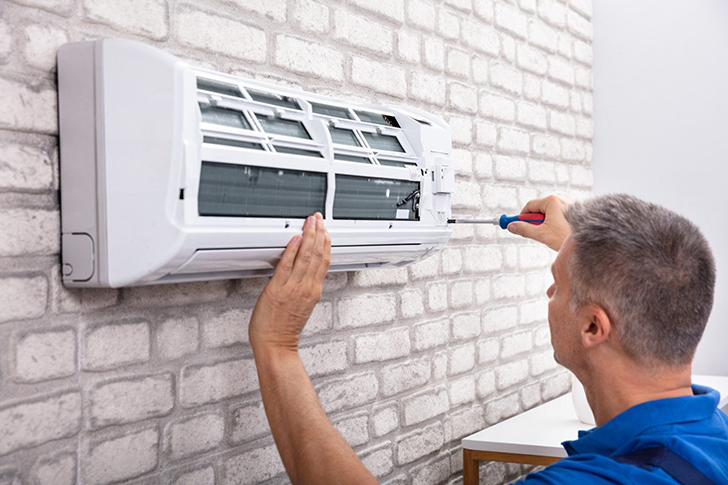How to Cut Costs on Air Conditioner Repairs
In summer, a faulty air conditioner can disrupt comfort, especially in warm climates. This guide provides tips, data, and pricing on cost-effective AC repairs to help homeowners make informed decisions.

Understanding Air Conditioning Repair Costs in the U.S.
Air conditioning repair costs can vary widely across the country, depending on several factors including local labor rates, the severity of the issue, and the type of AC unit. Here’s a look at average repair costs in ten different states to give you a better idea of what homeowners typically spend:
- California: Average repair cost is about $350 to $600.
- Texas: Repairs typically range from $300 to $550.
- Florida: Homeowners might spend between $280 and $530.
- New York: The cost ranges from $350 to $650.
- Illinois: Expect to pay around $320 to $570.
- Pennsylvania: Costs range from $330 to $580.
- Georgia: Average costs are approximately $310 to $560.
- North Carolina: Repair expenses range from $290 to $540.
- Ohio: Homeowners face costs between $300 and $550.
- Michigan: Costs typically range from $320 to $580.
These price ranges reflect both minor and major repairs, from simple fixes like capacitor replacements to more significant repairs such as replacing the compressor.
Tips for Economical Air Conditioning Repair
- Regular Maintenance: The most effective way to reduce repair costs is to prevent malfunctions in the first place. Regular maintenance can help catch issues before they escalate into major problems. Expect to pay between $75 and $150 for a professional annual maintenance check, which can save you hundreds in repair costs.
- Accurate Diagnosis: Misdiagnosing an AC issue can lead to wrong repairs that don’t solve the problem, wasting money. It’s worthwhile to get a second opinion if a quote seems unusually high or if repairs seem extensive. Some companies offer free diagnosis as part of their service package.
- Compare Service Providers: Prices can vary significantly between service providers. Obtain multiple quotes for any repair job and check reviews to ensure that you are selecting a reputable service for a reasonable price. Sometimes, local contractors offer competitive and lower rates compared to large companies.
- DIY Minor Repairs: Some minor repairs or maintenance tasks, like replacing filters or cleaning condensate lines, can be done yourself for the cost of parts alone, usually under $50. YouTube tutorials and DIY guides can be helpful resources.
- Use Warranty Coverage: If your air conditioner is still under warranty, use it. Some warranties cover parts, labor, or both, significantly reducing repair costs. Always check the warranty status of your unit before proceeding with any repairs.
- Opt for Refurbished Parts: When possible, choose refurbished or generic brand parts instead of brand-new OEM (Original Equipment Manufacturer) parts. This can cut the cost of repairs by 20% to 50%, depending on the part.
- Seasonal Discounts: Many companies offer discounts for services booked during off-peak times, such as late winter or early spring. Booking during these times can save you approximately 10-20% off the standard repair costs.
- Energy Efficiency Rebates: Some states offer rebates for repairing or upgrading to energy-efficient AC systems. These rebates can offset a portion of the repair costs. Check local energy programs for available offers.
- Negotiate Payment Terms: Some repair services offer payment plans or deferred payment options, which can ease the immediate financial burden of air conditioning repairs.
- Preventive Replacements: Occasionally, replacing a part before it fails can save money long-term, especially if a failing part can cause further damage to the system. Weigh the cost of preemptive replacement against potential future savings in emergency repairs.
Conclusion
Economical air conditioning repair starts with prevention and extends through smart shopping for services and parts. By employing these strategies, homeowners can manage their air conditioning systems without breaking the bank, ensuring comfort all year round while keeping repair costs in check.







Recent Comments